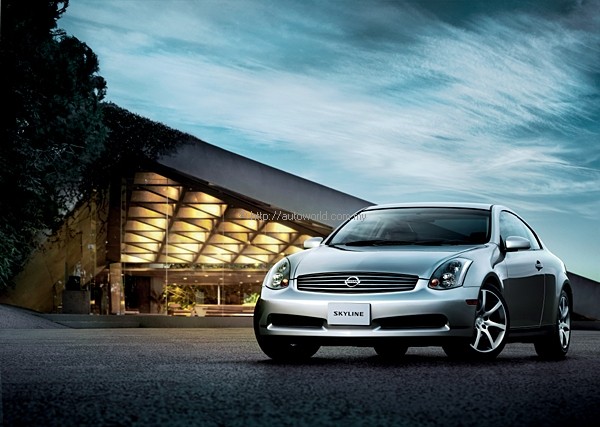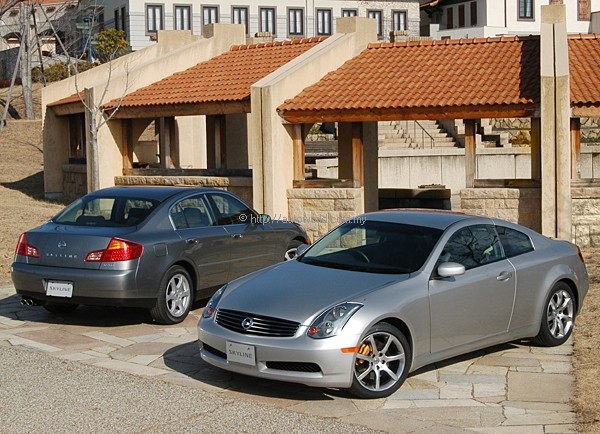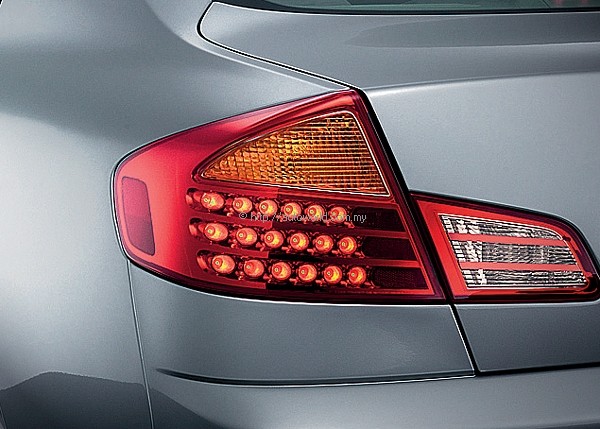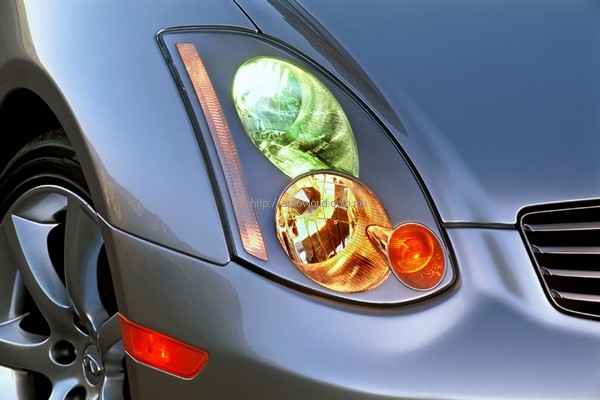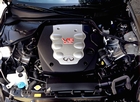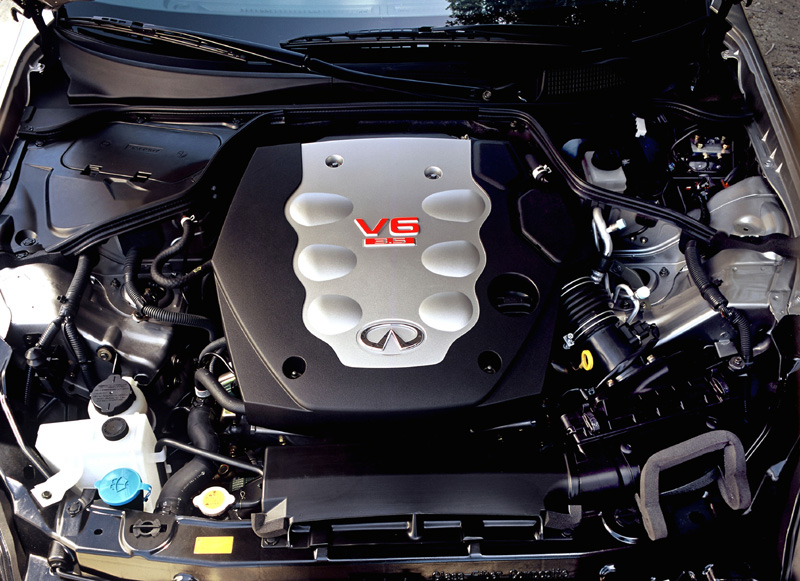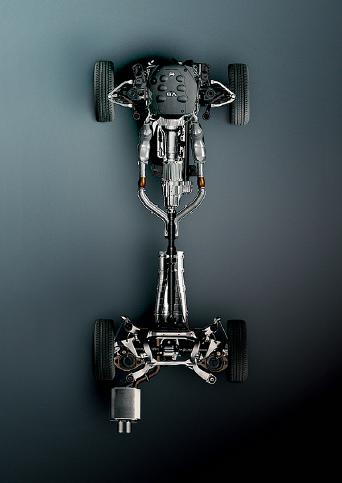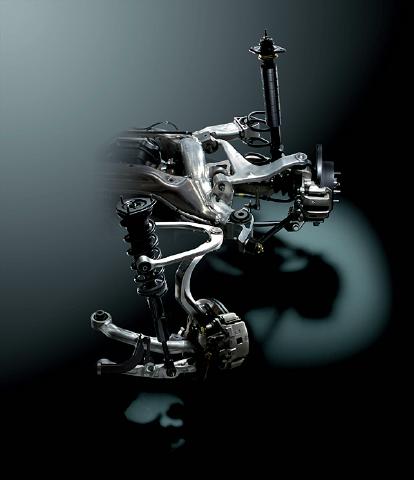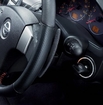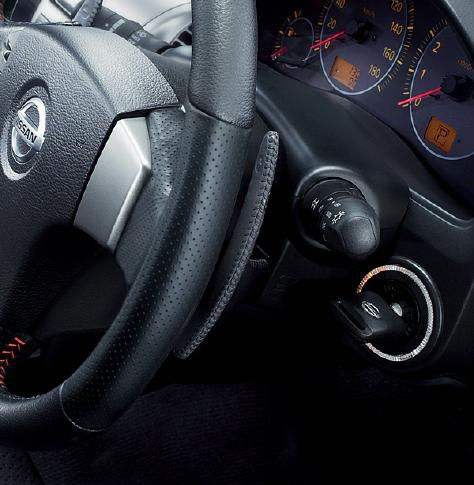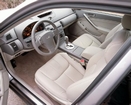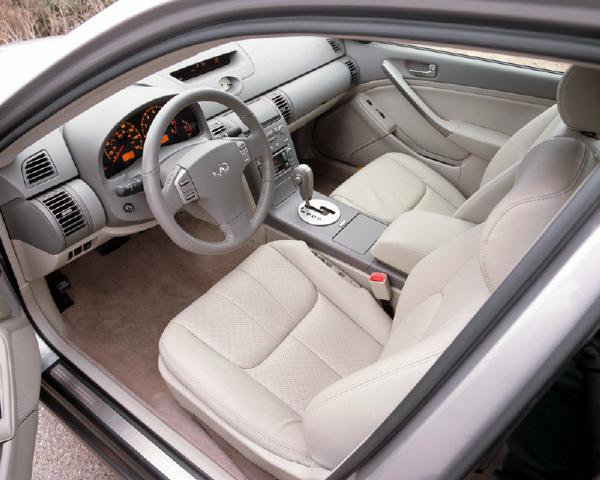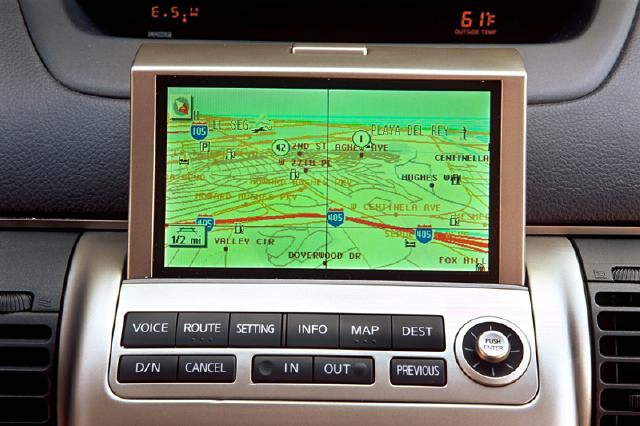Skyline Goes Into 11th Generation
Six months ago, Nissan launched the 11th generation of its Skyline model in sedan form and it was quite a change from the previous generation in both design and engineering. Most likely signed off by Mr Ghosn after he moved in to head Nissan, the new Skyline generation – designated V35 – has been made more dynamically aggressive because it is intended to do battle with sporty near-luxury sedans like the Lexus IS300/Toyota Altezza, M-B C-Class, Audi A4 and BMW 3-Series.
While the model will be sold as a Skyline in most of the world markets (and Nissan wants to sell it in more countries), it will be offered as an Infiniti G35 in the US market. Infiniti is Nissan’s luxury brand, like Lexus is to Toyota.
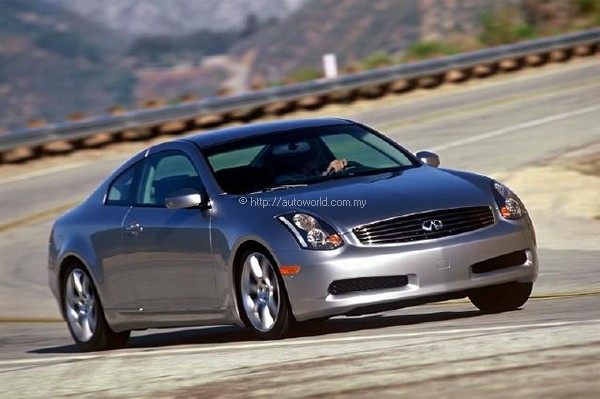 |
The appearance of the Skyline in the US market is something new as it has never been sold before and is an indication of Nissan’s serious effort to regain lost ground there. This year onwards, it faces new challenges as Japanese rivals like Subaru and Mitsubishi are also starting to sell their hotrods there – Mitsubishi has just officially started selling its latest Evo 8 model.
The new Skyline range was recently broadened with the addition of the new coupe variant which has similar ‘chunky’ lines as the sedan and a number of styling elements from the latest models like the 350Z and Murano. The coupe is the model which enthusiasts will probably get more excited about although mechanically, it is similar to the sedan.
The frontal appearance is dominated by distinctive, vertically oriented head-lights with integrated fog-beams and turn-signals. The aluminium bonnet blends smoothly into the sharply angled windshield to form a fluid side-line from the front fenders to the rear, which descends over the wide C-pillar to the truncated tail.
Developed by Kazutoshi Mizuno, Nissan’s former Le Mans and Group C team-manager and today’s head of the Skyline design team, the new generation uses the FM (front mid-ship)layout places the engine behind the front axle, as close to the car’s centre as possible, and thus ensures an almost ideal weight distribution of 52:48. Complementing this is the long wheelbase of 1850 mm as well as wide tracks.
The suspension has also been redesigned and at the front, alloy arms and a double pivot system reduce unsprung weight by 25% compared to the previous model. For the rear suspension, there are new attachment points for the springs and shock absorbers which help reduce friction by 70%. The “ripple control” shock absorbers and other enhancements are claimed to improve tyre contact with the road and improve ride quality significantly.
Depending on the market, there are three V6 engines available, all from the award-winning VQ family. The displacements are 2.5 litres, 3.0 litres and 3.5 litres with power/torque outputs ranging from 158 kW(215 bhp)/270 Nm to 206 kW(280 bhp)/363 Nm. The engines are state-of-the-art and a big jump from the previous in-line 6-cylinder units used in Skylines for many generations. They have E-VTC (Electro-magnetic variable valve timing control) Nissan’s newly-developed direct-fuel-injection for improved response and better fuel-economy.
Customers have four transmissions options (depending on market): 6-speed manual, 4-speed or 5-speed electronic automatic with manual shift mode available, as well as a CVT with 8-speed manual shift mode and ‘paddle shifters’.
Drive is to the rear wheels – which enthusiasts will be happy to have – and for Japan, there are also 4WD drivetrains available. The 4WD system is called ATTESSA and is an intelligent torque-splitting system. The Skyline Coupe is not the successor to the fire-breathing Skyline GT-R, though, as Nissan has a new model in the works which is rumoured to be mind-blowing and may come out next year.
Prices in Japan start at 3.25 million yen (around RM101,000) for the new coupe and 2.5 million yen (RM77,500).




